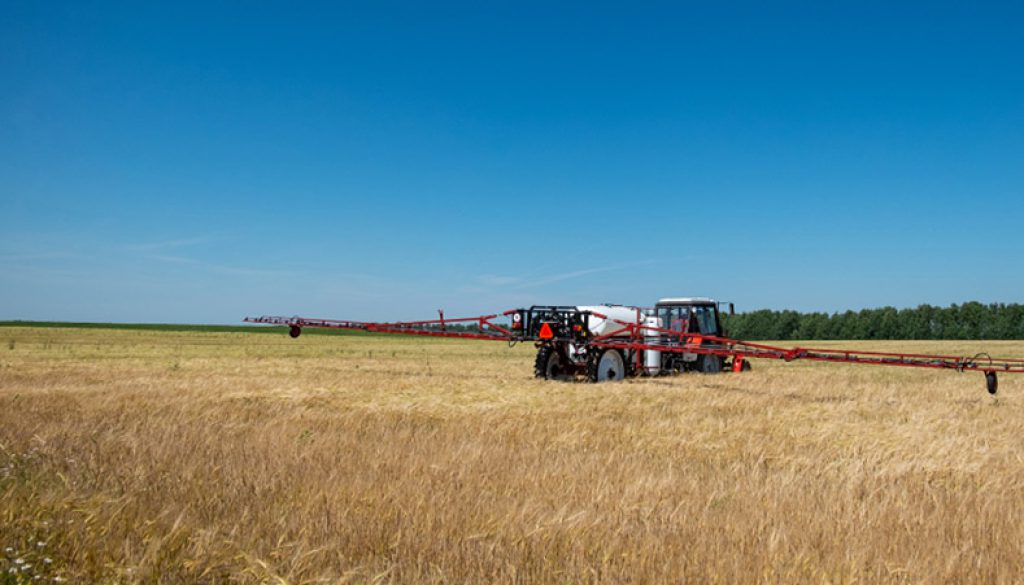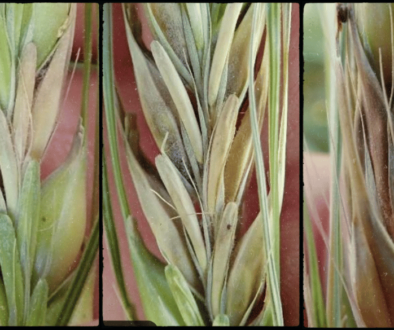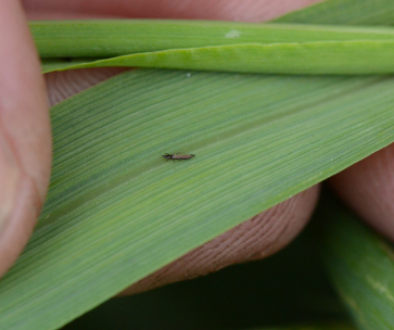Pre-Harvest Glyphosate Staging Tips for Weed Control
Keep it Clean reminds growers that applying pre-harvest glyphosate for weed control too early can result in unacceptable product residues in harvested grain.
Growers are encouraged to consult the Keep it Clean Pre-Harvest Glyphosate Staging Guide to see examples of cereals at less than 30% grain moisture; they recommend the following practices to manage the pre-harvest application of glyphosate for cereals:
- Malt barley buyers will not accept malting barley that has been treated with pre-harvest weed control products such as glyphosate or saflufenacil.
- Where allowed, glyphosate is registered for pre-harvest weed control. Glyphosate should not be used as a desiccant.
- Pre-harvest glyphosate should only be applied for weed control once grain moisture is less than 30% in the least mature part of the field.
- Be mindful of any regrowth and late tillering, especially with seed production, as this can impact the grain moisture assessment.
- To avoid unacceptable product residues, always follow the crop protection product’s label for application rate, timing and pre-harvest interval (PHI).
- Never harvest earlier than recommended — this can increase the risk of unacceptable glyphosate residues in harvested grain.
- When using glyphosate for pre-harvest weed control in a tank mix with other products, such as Saflufenacil (Heat), the products must still be applied when grain moisture content is less than 30% in the least mature part of the field and must also follow the PHI of the most restrictive product label.
- Review the Product Advisory to be aware of market risks that can arise from using certain crop protection products on cereals before proceeding with crop management plans.
Using glyphosate according to label directions and only applying it once grain moisture is less than 30% in the least mature part of the field will help keep this valuable tool available for growers and reduce market risk.
Source: Adapted from Keep it Clean 2022
Originally published July 2023





